15 Nutritional Powerhouses For The Best Cozy Winter Soups
As the days grow shorter and the air turns crisp, there’s nothing more comforting than a bowl of hot, nourishing soup. Winter soups are not just about warmth; they’re an opportunity to pack in vital nutrients, support your immune system, and create hearty meals that satisfy both body and soul. By choosing the right ingredients, you can craft soups that are as wholesome as they are delicious. From vibrant root vegetables to hearty grains and leafy greens, each ingredient brings its own unique set of flavors and health benefits. This guide introduces 15 powerhouse ingredients that are perfect for crafting winter soups. Whether you’re seeking a creamy bisque, a chunky stew, or a light and brothy bowl, these ingredients offer versatility and nutrition to elevate your winter cooking. Let’s dive into the world of comforting winter soups, where each recipe becomes a celebration of flavor, nourishment, and warmth.
1. Carrots: A Sweet, Nutrient-Rich Base

Carrots are a cornerstone ingredient for winter soups, offering natural sweetness and a wealth of nutrients. Packed with beta-carotene, which the body converts into vitamin A, carrots support healthy vision, immune function, and skin health. Their firm texture makes them versatile; they can be diced, grated, or pureed to create a creamy soup base. Carrots pair beautifully with herbs like thyme and parsley and spices such as ginger or cumin, enhancing their flavor profile. In soups like hearty chicken noodle or spiced carrot-ginger, they add vibrant color and a subtle earthy taste. Roasting carrots before adding them to your soup can deepen their natural sweetness, elevating your dish's flavor complexity. Affordable and readily available throughout the winter, carrots are an essential addition to your soup repertoire, ensuring every bowl is not only delicious but also nutritionally enriching.
2. Sweet Potatoes: A Creamy, Vitamin-Packed Addition
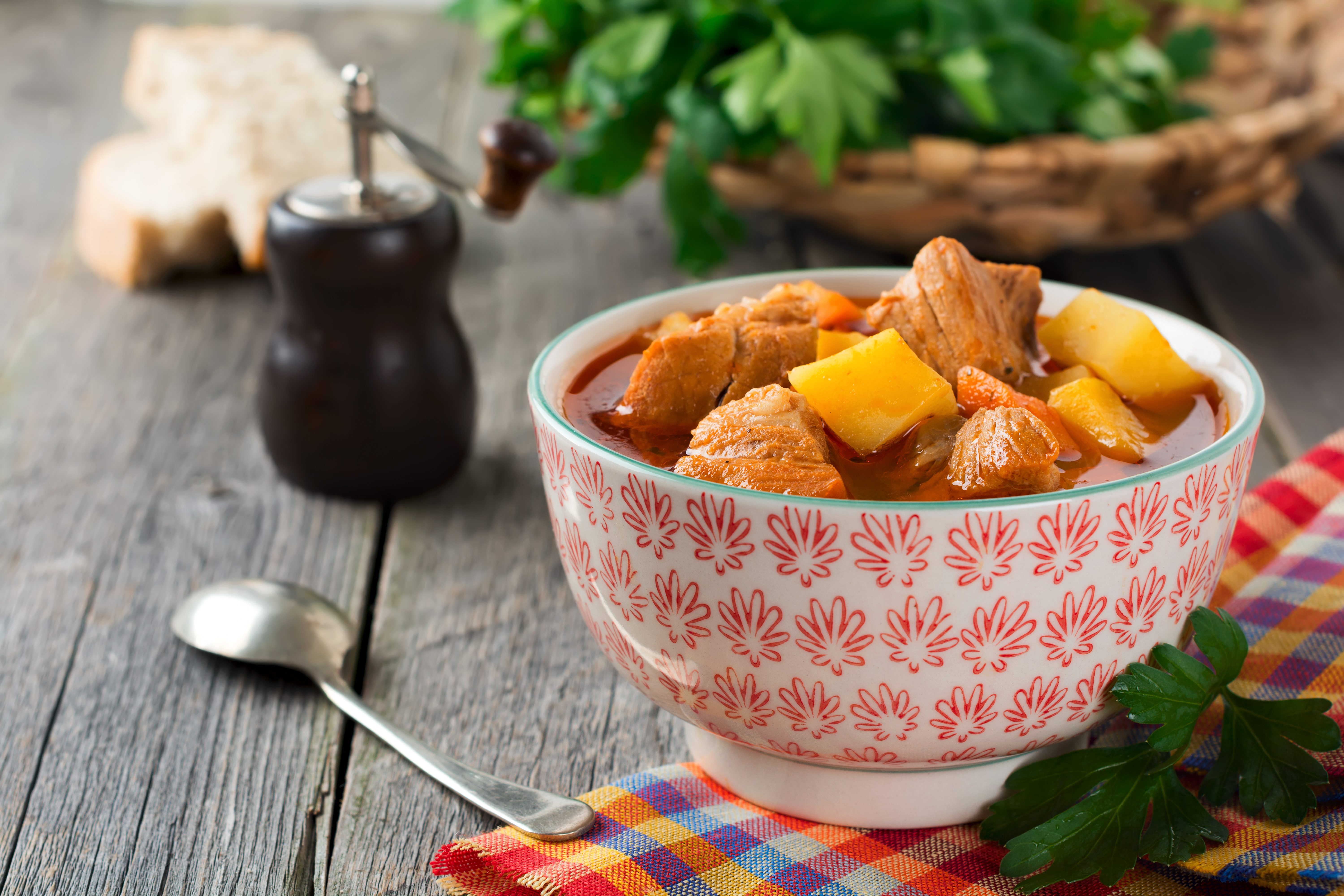
Sweet potatoes are a winter favorite for their creamy texture and nutrient density. Rich in fiber, vitamin C, and beta-carotene, they boost immunity and promote gut health—perfect for combating the winter chill. Their natural sweetness complements a variety of flavors, from warm spices like cinnamon and nutmeg to savory additions like garlic and onions. Sweet potatoes can be pureed for silky soups or cubed for hearty stews, adding a satisfying bite. They work wonderfully in soups like curried sweet potato or sweet potato and lentil stew. For a flavor twist, roast them before blending to bring out their caramelized notes. Beyond their taste, sweet potatoes are affordable and easy to prepare, making them a go-to ingredient for soups that comfort and nourish during colder months.
3. Lentils: A Protein and Fiber Powerhouse

Lentils are a nutritional superstar, offering plant-based protein, fiber, and essential minerals like iron and folate. These small legumes are ideal for soups, as they cook quickly and absorb surrounding flavors, creating a hearty and flavorful dish. Lentils shine in soups such as classic lentil soup, Moroccan harira, or spicy lentil and vegetable stew. They pair well with tomatoes, cumin, turmeric, and coriander, allowing you to craft soups with global influences. Whether you choose red lentils for a creamy texture or green lentils for a firmer bite, they provide a satisfying, nutrient-dense base. Additionally, lentils are cost-effective and shelf-stable, making them a convenient pantry staple for winter soup-making. Including lentils in your recipes ensures your soup is not only comforting but also a filling and balanced meal.
4. Spinach: A Leafy Green Boost
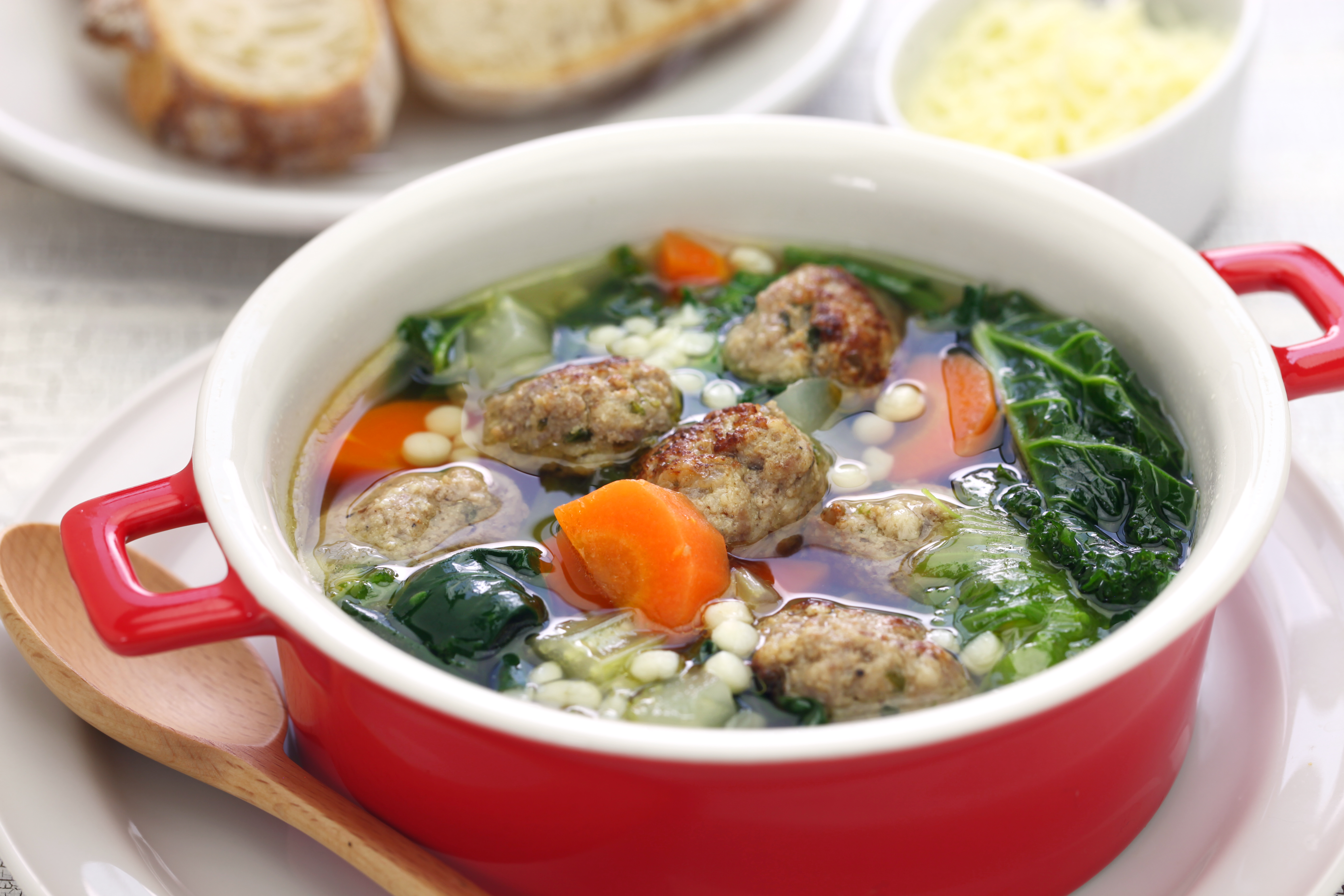
Spinach is a nutritional powerhouse, brimming with vitamins A, C, and K, as well as iron and calcium. This versatile leafy green adds a fresh burst of color and nutrition to any winter soup. Spinach works beautifully in brothy soups like Italian wedding soup or creamy blends such as spinach and potato soup. Its tender leaves cook quickly, so it’s best added towards the end of the cooking process to preserve its vibrant color and nutrients. Pair spinach with ingredients like garlic, nutmeg, or lemon for a flavor boost that complements its mild taste. Frozen spinach is an equally nutritious and convenient option for soups, ensuring you always have this nutrient-packed green on hand. By incorporating spinach into your recipes, you’ll enhance both the visual appeal and health benefits of your winter soups.
5. Quinoa: A Protein-Packed Grain
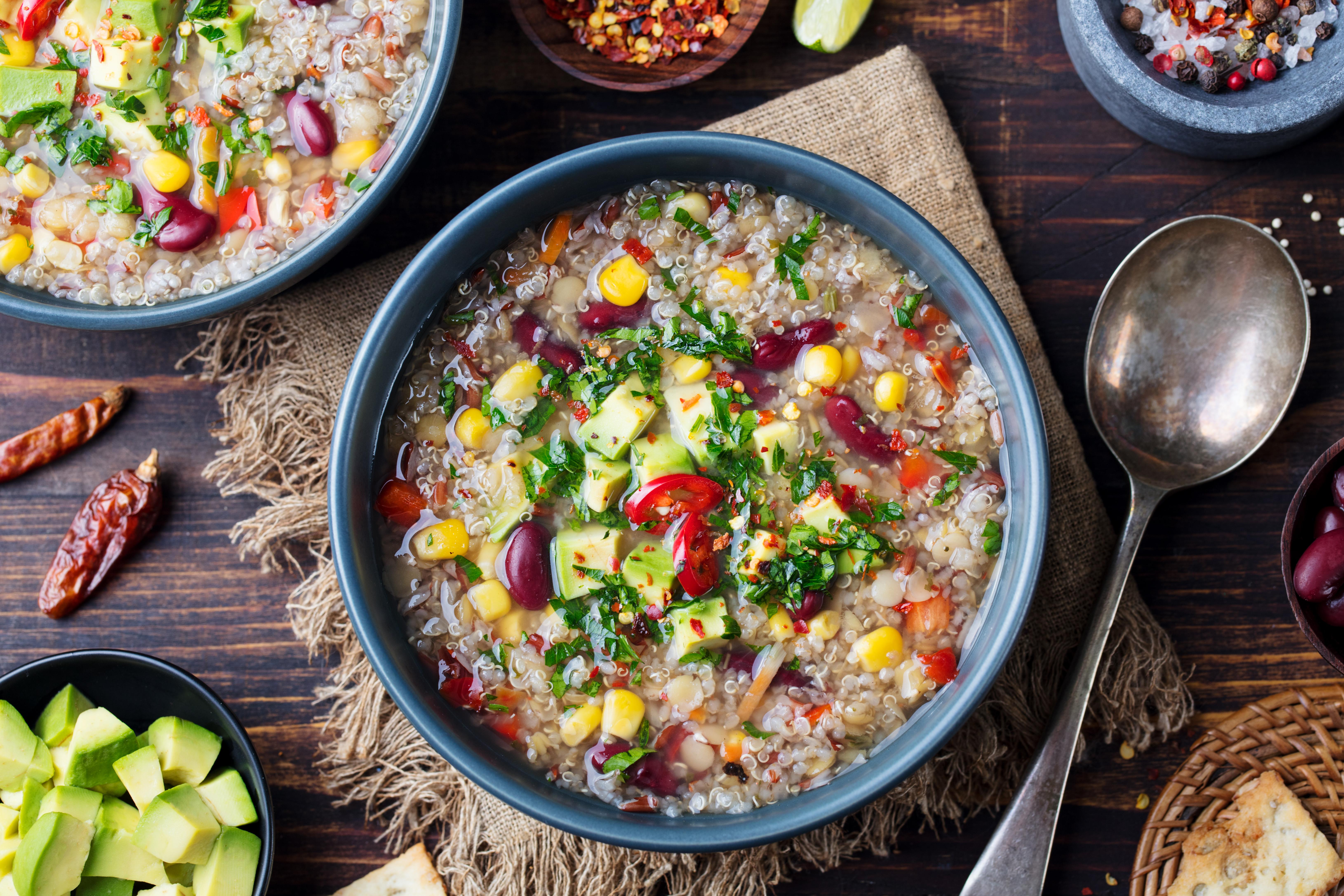
Quinoa is a complete protein, providing all nine essential amino acids, along with fiber, magnesium, and iron. Its nutty flavor and slightly chewy texture make it a fantastic addition to winter soups. Quinoa is particularly well-suited for hearty vegetable soups or brothy chicken and quinoa bowls. It absorbs surrounding flavors while retaining its structure, ensuring your soup remains satisfying and nutritious. Quinoa’s quick cooking time makes it a convenient choice for weeknight meals. To enhance its flavor, rinse quinoa before cooking to remove its natural bitterness, or toast it lightly before adding to the pot. This ancient grain transforms soups into complete meals, offering a perfect balance of taste, texture, and nutrition.
6. Kale: A Hardy Nutrient Booster
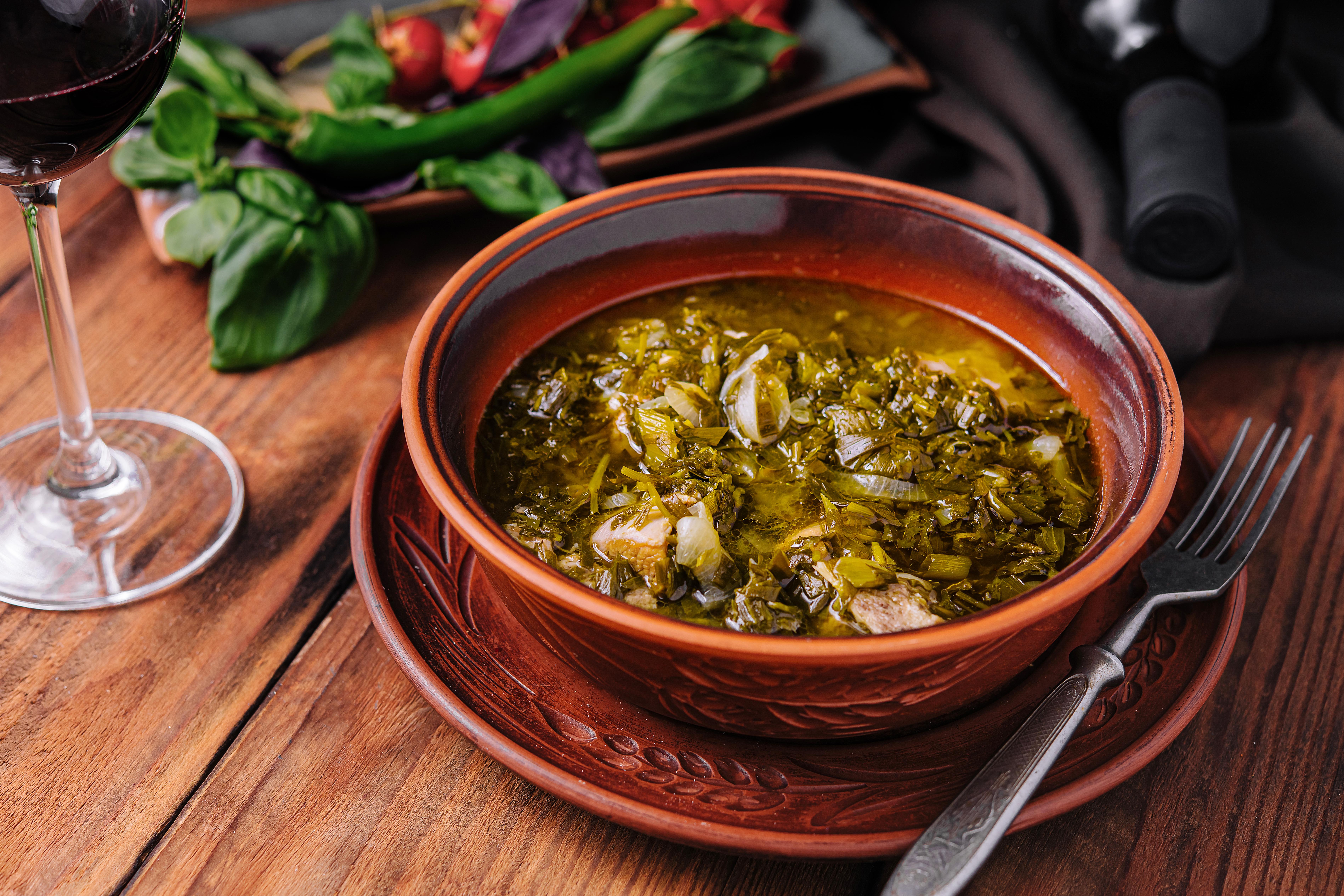
Kale is a winter staple and one of the most nutrient-dense greens, packed with vitamins A, C, and K, along with calcium and antioxidants. Its hearty leaves hold up well in soups, making it a perfect addition to brothy or creamy recipes. Kale pairs wonderfully with hearty ingredients like white beans, sausage, or potatoes, as seen in classic Tuscan kale and bean soup. It can also add texture and depth to blended soups such as kale and sweet potato bisque. To prepare, remove the tough stems and chop the leaves into bite-sized pieces. Adding kale towards the end of cooking helps retain its vibrant green color and nutrient content. Whether you’re creating a simple vegetable soup or a rich stew, kale is a versatile and healthful choice that adds flavor, texture, and nutrition to any winter dish.
7. Chickpeas: Creamy and Protein-Rich
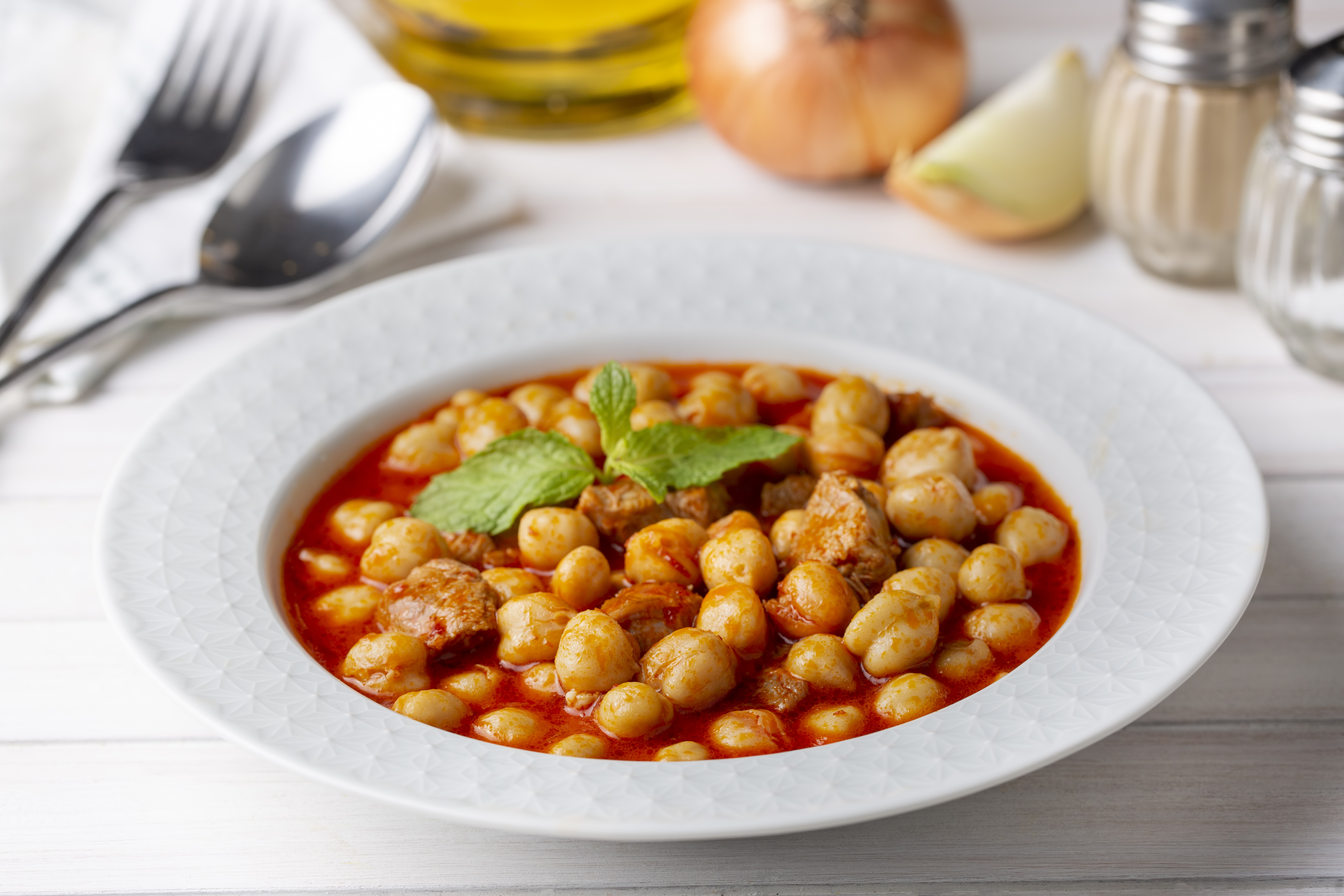
Chickpeas are a versatile ingredient that brings creaminess and a subtle nutty flavor to soups while delivering protein, fiber, and essential minerals like folate and iron. These legumes work well in a variety of recipes, from Moroccan spiced chickpea soup to creamy roasted garlic and chickpea bisque. Chickpeas can be pureed to thicken the broth or added whole for a heartier texture. Roasting them before incorporating them into your soup can deepen their flavor, adding a toasty, caramelized note. Pair chickpeas with spices like cumin, paprika, and coriander to create globally inspired dishes. Conveniently available in canned or dried form, chickpeas are an accessible and affordable ingredient that makes soups both delicious and satisfying.
8. Butternut Squash: A Velvety Winter Favorite

Butternut squash is a quintessential winter ingredient, known for its sweet, nutty flavor and creamy texture. Packed with vitamins A and C, potassium, and fiber, it’s a nutritional powerhouse that transforms soups into comforting meals. Pureed butternut squash creates velvety bisques, while diced squash adds substance to brothy stews. Popular recipes include classic butternut squash soup with hints of nutmeg or curry and hearty vegetable soups featuring squash as the star ingredient. Roasting the squash before adding it to your soup enhances its natural sweetness and adds a caramelized depth. Paired with ingredients like sage, ginger, or coconut milk, butternut squash elevates any soup into a flavorful and nourishing dish.
9. Barley: A Hearty Grain for Comfort
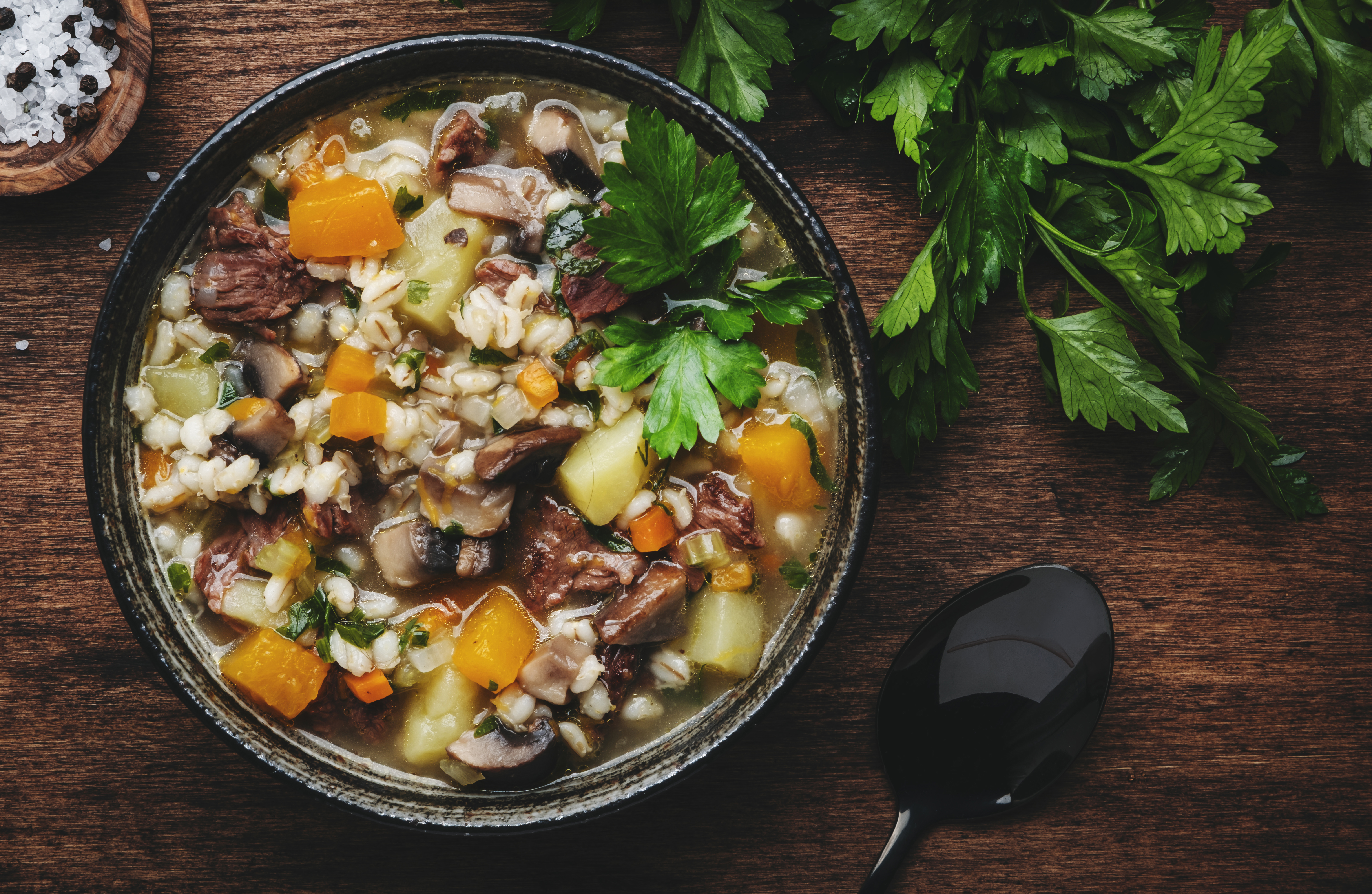
Barley is a satisfying grain that adds chewiness and a nutty flavor to soups while delivering fiber, vitamins, and minerals. It’s particularly well-suited for brothy soups like beef and barley or mushroom barley, where its texture complements rich, savory flavors. Pearl barley cooks faster and is ideal for weeknight recipes, while hulled barley provides a more rustic texture and added nutrients. Barley absorbs the flavors of the broth as it cooks, making it an integral part of the soup rather than just an addition. Paired with hearty vegetables, fresh herbs, or tender chunks of meat, barley transforms your soup into a filling and balanced meal that’s perfect for cold winter days.
10. Leeks: A Sweet, Subtle Aromatic

Leeks are a versatile member of the onion family, prized for their mild, sweet flavor that enhances the depth of soups. They’re a key ingredient in classics like potato leek soup but also shine in brothy chicken or vegetable soups. Their unique flavor complements creamy soups as well as lighter, herbaceous dishes. To prepare, thoroughly clean leeks to remove grit trapped between the layers and slice them thinly for even cooking. Sautéing leeks in butter or olive oil before adding them to your soup brings out their sweetness and creates a flavorful base. Whether used as the star ingredient or as a supporting aromatic, leeks add sophistication and subtlety to winter soups.
11. Mushrooms: Earthy and Immune-Boosting
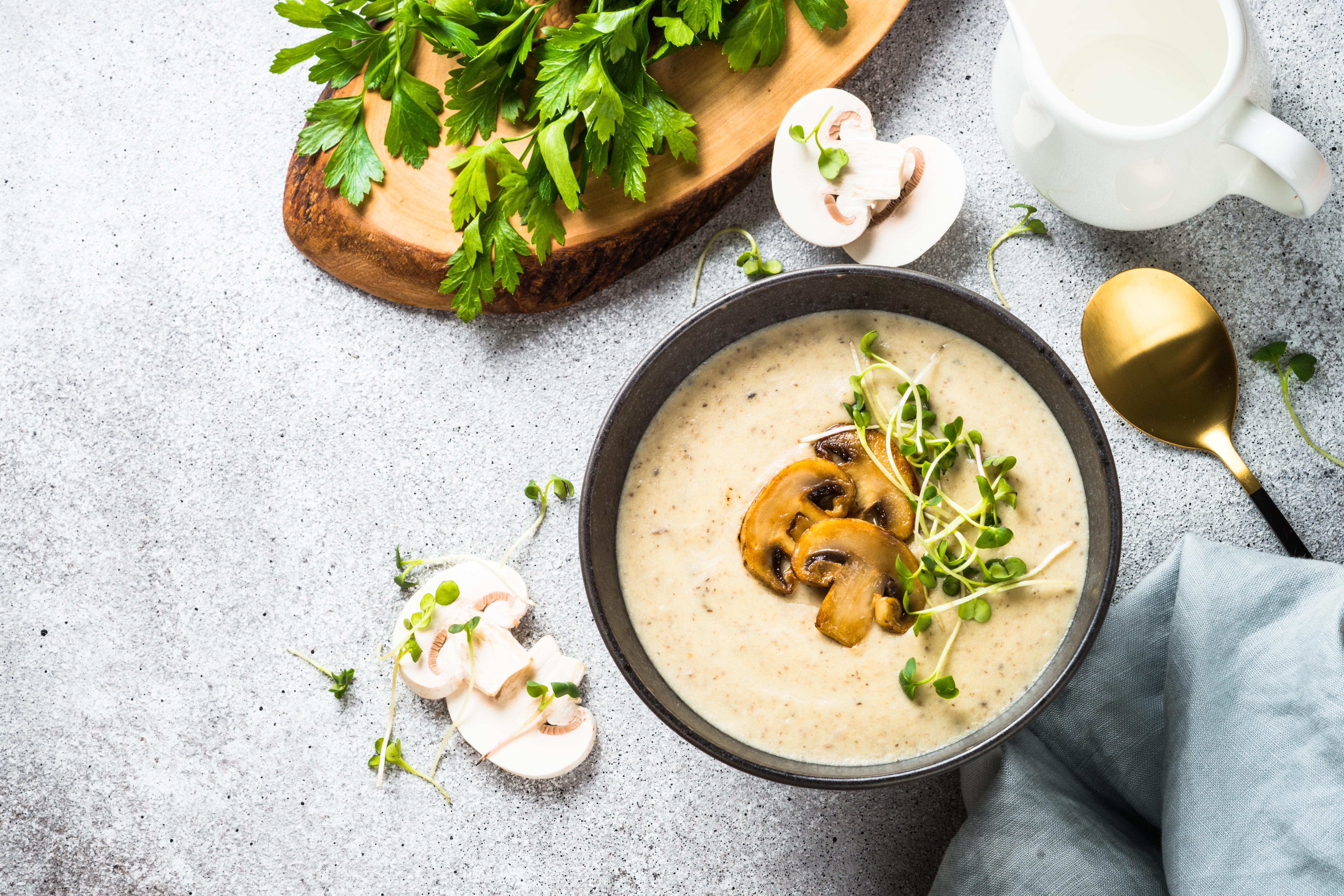
Mushrooms are a winter soup essential, known for their rich umami flavor and health benefits, including antioxidants and immune-boosting properties. Varieties like shiitake, cremini, and portobello each offer distinct flavors and textures. Mushrooms are perfect for hearty broths, creamy soups, or earthy stews, such as mushroom barley soup or creamy mushroom bisque. Sautéing mushrooms before adding them to your soup enhances their depth of flavor and adds a caramelized touch. Combine mushrooms with thyme, garlic, and a splash of white wine or soy sauce for an irresistible, savory boost. Whether you’re creating a vegan soup or a hearty meat-based dish, mushrooms bring complexity and warmth to your winter creations.
12. Parsnips: Sweet and Nutty Depth

Parsnips are an underrated root vegetable that adds a sweet and nutty flavor to winter soups. Packed with fiber, vitamin C, and potassium, they’re both nutritious and delicious. Parsnips are excellent in pureed soups like parsnip and apple or diced into brothy vegetable medleys. Their sweetness intensifies when roasted, making them a flavorful addition to your soup base. Pair parsnips with ingredients like sage, ginger, or nutmeg to create dishes with complex, warming flavors. Their versatility and unique taste make parsnips a fantastic ingredient for adding depth and character to winter soups.
13. Cabbage: A Cruciferous Comfort Food
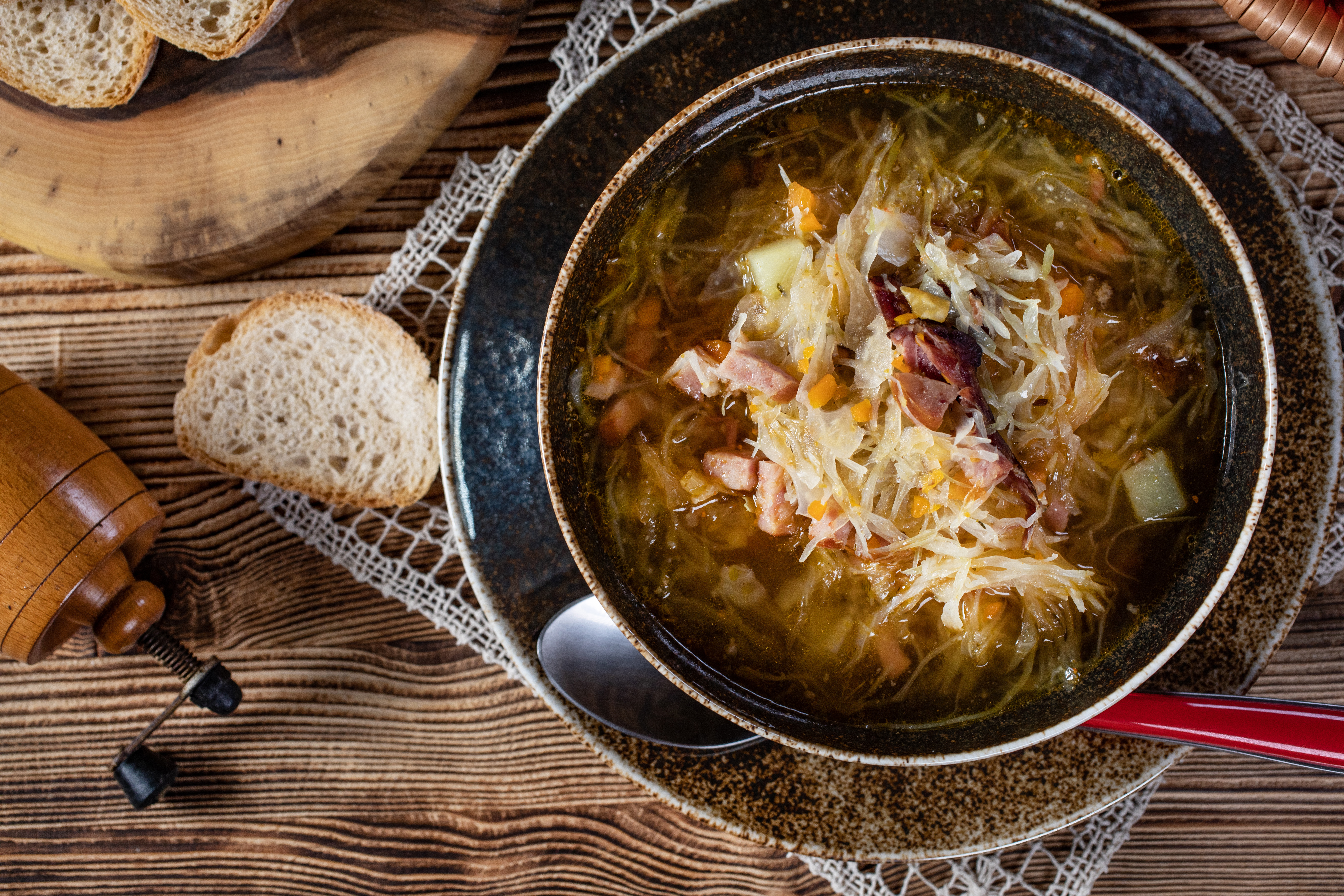
Cabbage is a humble yet highly nutritious addition to winter soups, offering vitamin C, fiber, and antioxidants. Its mild flavor and tender texture make it ideal for recipes like cabbage soup or hearty vegetable stews. Napa cabbage works well in lighter, brothy soups, while green or savoy cabbage shines in rustic, chunky dishes. Sautéing cabbage before adding it to your soup enhances its sweetness and softens its texture. Paired with tomatoes, potatoes, or smoked meats, cabbage adds substance and subtle flavor to any dish. Its affordability and availability throughout winter make it a staple ingredient for comforting and wholesome soups.
14. Beets: Vibrant and Nutrient-Dense

Beets are a visually stunning and nutrient-rich ingredient, perfect for adding color and flavor to winter soups. High in fiber, folate, and antioxidants, beets bring a natural sweetness and earthy taste to dishes like borscht or beet and carrot bisque. Roasting beets before adding them to your soup enhances their flavor and deepens their color. Beets pair beautifully with tangy ingredients like yogurt, dill, or citrus, creating a balance of sweetness and acidity. Their vibrant hue and unique taste make them a standout addition to any winter soup, adding both aesthetic appeal and nutritional value.
15. Turnips: A Mild, Versatile Root Vegetable

Turnips are a versatile root vegetable that adds mild, peppery notes to winter soups. Rich in vitamin C, fiber, and potassium, they are a nutritious addition to brothy soups or creamy bisques. Turnips can be diced and simmered for a tender bite or pureed for a silky texture. They pair well with hearty greens, potatoes, and smoked meats, as seen in traditional turnip and ham soup. Roasting turnips before adding them to your soup enhances their natural sweetness and adds depth. Affordable and widely available, turnips are a fantastic ingredient for creating wholesome and flavorful soups that warm both the body and soul.
A Season of Cozy Nourishment

Winter is a time for gathering, slowing down, and savoring meals that nourish from within. Soups, with their infinite variety and adaptability, offer the perfect canvas for culinary creativity and wholesome eating. The 15 powerhouse ingredients highlighted here—carrots, lentils, quinoa, kale, and beyond—provide the building blocks for soups that are not only flavorful but also brimming with nutrients to support health and well-being. Whether you’re crafting a vibrant vegetable medley or a hearty grain-filled stew, these ingredients ensure that your soups deliver comfort and sustenance. Winter soups are more than just meals; they’re acts of self-care and love, bringing people together over bowls of steaming goodness. As you experiment with these nutritious ingredients, you’ll discover the joy of creating recipes that warm both body and soul, turning chilly winter days into opportunities for culinary magic. Let your kitchen be a haven of warmth, nourishment, and delicious creations.
